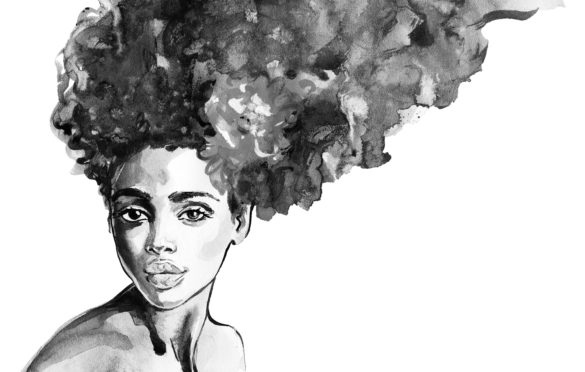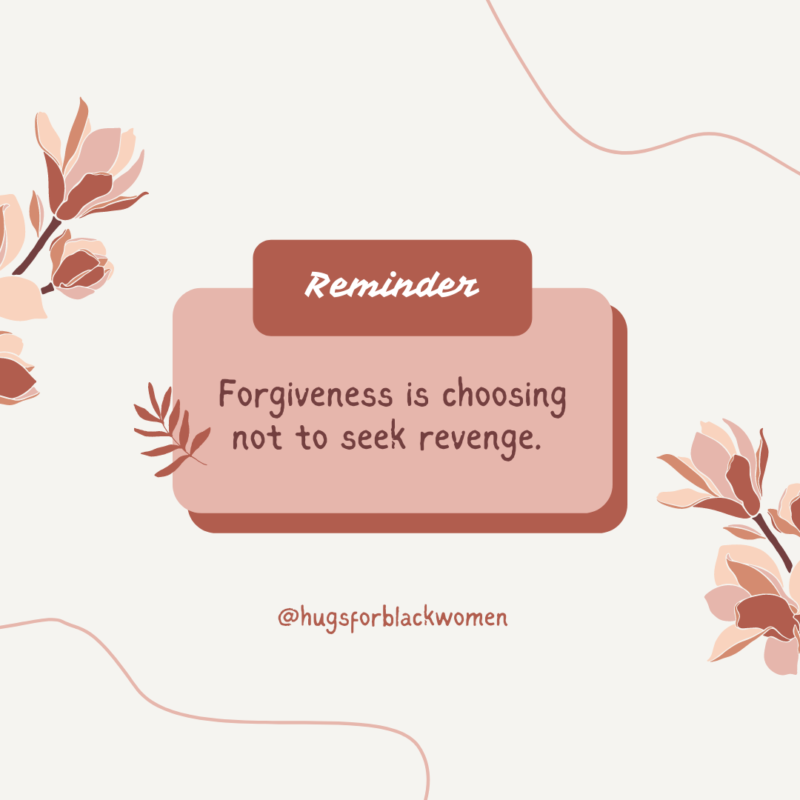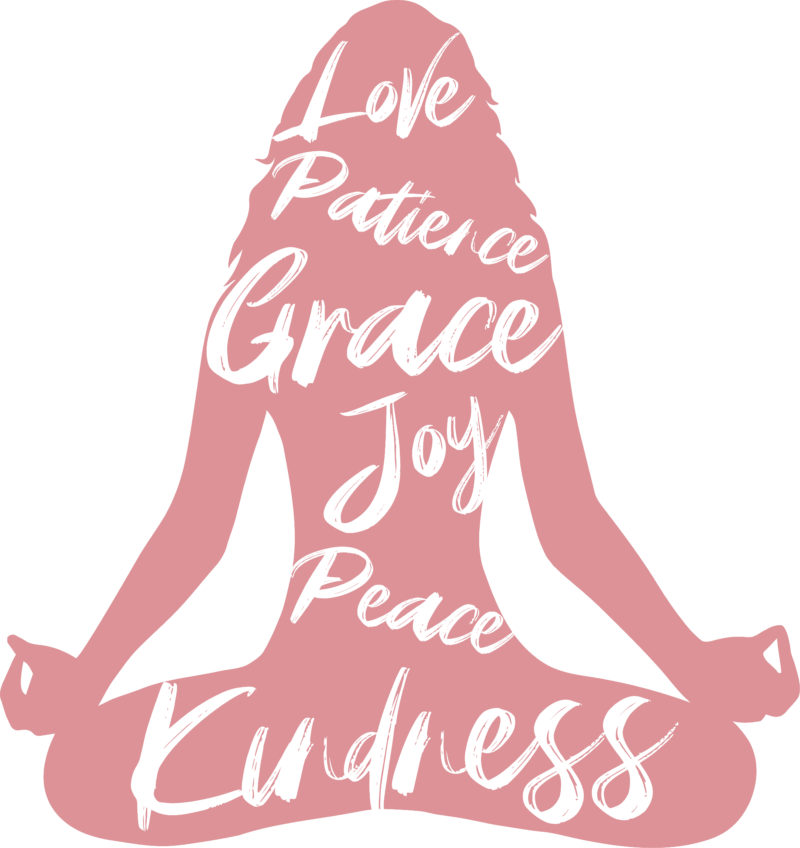The Dangers of Black and White Thinking

“My spouse is the worst.”
“I never get anything I want.”
“My boss is so evil.”
Extreme thoughts like these can be classical representations of black and white thinking. Also known as dichotomous thinking, black and white thinking involves one’s inability to perceive people, situations, and ideas as complex. Instead, they are categorized as either “good” or “bad” or “all” or “nothing.” Though many people struggle with this cognitive distortion, dichotomous thinking isn’t a concept widely explored outside of the psychological realm. And while some black and white thinking is normal, persistent dichotomous thoughts can be associated with various mental conditions, including Borderline Personality Disorder, Obsessive-Compulsive Disorder, anxiety, depression, and narcissism.
But if you’ve seen everything in absolute terms up until now, don’t be alarmed. Studies suggest extreme thoughts may develop as a coping mechanism in response to traumatic events and can also be attributed to childhood and adult trauma. Primitive humans and civilizations used black and white thinking as a protective measure. People, nations, and even animals were designated as either threats or allies. But as humanity evolves, we can better understand how black and white thoughts prevent us from experiencing the fullness of life. And why this sort of cognition does us more harm than good.
Categorizing every situation, person, or idea as either this or that leaves little room for compromise or acceptance and creates the type of thought patterns at the core of racism and homophobia. So how can we identify when extreme thinking has become commonplace in our life? We assess our thought process and our words. Repeated use of terms like always, never, perfect, disastrous, horrible, and impossible can be indicators of fixed extreme thinking. Likewise, constant negative thinking, self-criticism, and hypersensitivity to the opinions of others can suggest the presence of black and white thinking. Even if we’ve held onto either/or thinking for years, when we become aware and commit to change, we can experience the totality of life, relationships, and circumstances.
…
To change black and white thinking, we can begin by exercising empathy. Instead of categorizing our counterparts, we can seek to understand them. If someone has offended us, we can look beyond the transgression to understand why this person may have behaved in that way. Are they truly awful human beings, or can they be experiencing pain and trauma? Is your boss really ruining your life, or is she overwhelmed with her responsibilities? This type of consideration can help us expand our thinking and transition into grey thinking.
After challenging extreme thoughts, it may be helpful to create a list of alternative possibilities. For instance, if a friend or colleague has rescheduled plans with you more than once, you can compile a list of possible reasons for the rainchecks instead of jumping to conclude that they are avoiding you. It might also be helpful to create a list of words to replace dichotomous ones like always, never, impossible, and can’t. Words that represent a medium, such as sometimes, possible, maybe, and can, could substitute fixed terminology.
When we have considered how to reframe our black and white thoughts on others, we can confront our extreme thoughts on ourselves. Dichotomous thinking can cause us to criticize ourselves harshly and any actions we take that fall short of “perfection.” When focused internally, black and white thoughts can sound like I’m a complete idiot. I hate my job. My friends always leave me out. I can’t trust anyone. This negative inner dialogue can hinder us from pursuing the best in life and keep us stuck in a cycle of self-criticism.
To turn things around, we might ask ourselves: Is this information accurate? Is there any positive possibility that I’m overlooking? Would I speak to someone I love this way? These questions may help us see our situation from a broader perspective and a more holistic point of view. Do you really hate your job, or is something specific causing your dissatisfaction like a coworker or supervisor? Do your friends always leave you out, or could there be scheduling conflicts? When we take a step back from black and white thinking and do the work needed to reach a more moderate viewpoint, we can improve our overall mental health. However, if we find extreme thoughts persist and continue to cause us harm, it may benefit us to seek professional help. Because when we conquer black and white thinking, our lives can become more vibrant.






// Comments are closed //